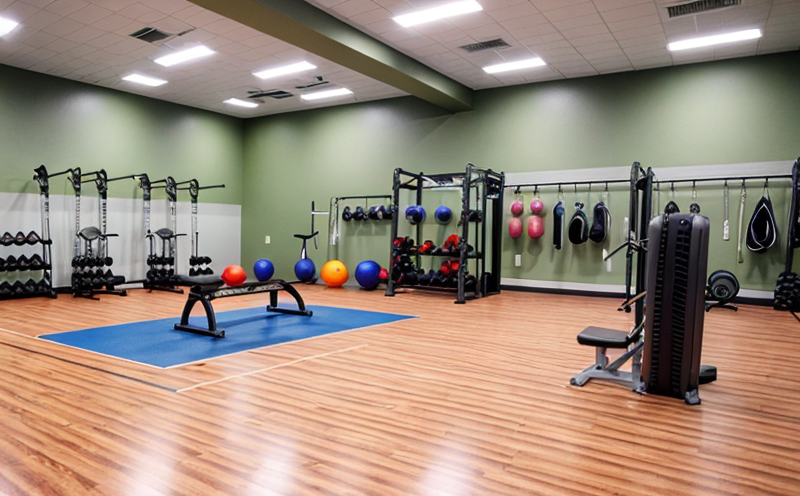Consumer Acceptance Testing of Sporting Goods
In today’s competitive consumer goods market, ensuring that sporting goods meet not only regulatory standards but also customer expectations is crucial. Consumer acceptance testing focuses on the sensory attributes and overall user experience to ensure that products are attractive, functional, and safe for end-users.
Consumer acceptance testing of sporting goods involves a comprehensive evaluation process aimed at understanding how consumers perceive and interact with these products. This testing goes beyond traditional quality control by incorporating aspects such as design ergonomics, durability under typical use conditions, and the overall aesthetic appeal that influences purchase decisions. The primary goal is to gather insights into consumer preferences so that manufacturers can refine their product offerings to better align with market demands.
One of the key challenges in consumer acceptance testing lies in replicating real-world usage scenarios accurately within a laboratory setting. To achieve this, we employ sophisticated instrumentation and simulation techniques designed specifically for sporting goods. For instance, our lab uses advanced wear simulation machines that mimic the repetitive motions athletes perform during training or competition. These simulations help us identify potential points of failure or discomfort before products reach the market.
In addition to mechanical testing, sensory evaluation plays a vital role in consumer acceptance testing. Our team conducts panel tests where trained evaluators assess various attributes like colorfastness, texture, fit, and overall appeal. This feedback is invaluable for optimizing product design and improving customer satisfaction rates. By incorporating both quantitative data from instrumentation and qualitative observations from human testers, we provide a holistic view of each sporting good’s performance.
The importance of consumer acceptance testing cannot be overstated in today's fast-paced retail environment. Retailers increasingly expect manufacturers to deliver high-quality products that resonate well with consumers. Therefore, investing time and resources into thorough consumer acceptance testing can significantly enhance brand reputation and drive sales growth.
Scope and Methodology
| Aspect | Description |
|---|---|
| Data Collection Methods | We utilize a combination of quantitative and qualitative methods to gather comprehensive data. This includes sensory evaluations conducted by trained panels, focus group discussions with end-users, and observation studies during actual use. |
| Test Parameters | This encompasses visual inspection for aesthetic appeal, fit testing to ensure comfort, durability assessments through wear simulation tests, and user satisfaction surveys. |
| Instrumentation | Our lab is equipped with state-of-the-art equipment such as optical texture analyzers, colorimeters, and ergonomic assessment tools. These help us measure critical characteristics that impact consumer acceptance. |
Industry Applications
- Ensuring compliance with international standards like ISO, ASTM, and EN related to textile materials used in clothing for sports.
- Evaluating the impact of new designs on user experience within competitive markets.
- Determining optimal fit across different body types through anthropometric studies.
- Testing resistance against environmental factors such as temperature and humidity.
Environmental and Sustainability Contributions
Consumer acceptance testing extends beyond just meeting current standards; it also plays a crucial role in promoting sustainability practices within the industry. By identifying areas where improvements can be made without sacrificing quality, we contribute positively to environmental conservation efforts.
We encourage manufacturers to adopt eco-friendly materials and processes throughout their supply chains while maintaining product integrity. Our rigorous testing ensures that any changes implemented do not compromise safety or performance but instead enhance them. This approach helps foster a more sustainable future by reducing waste generation and promoting recyclability wherever possible.





